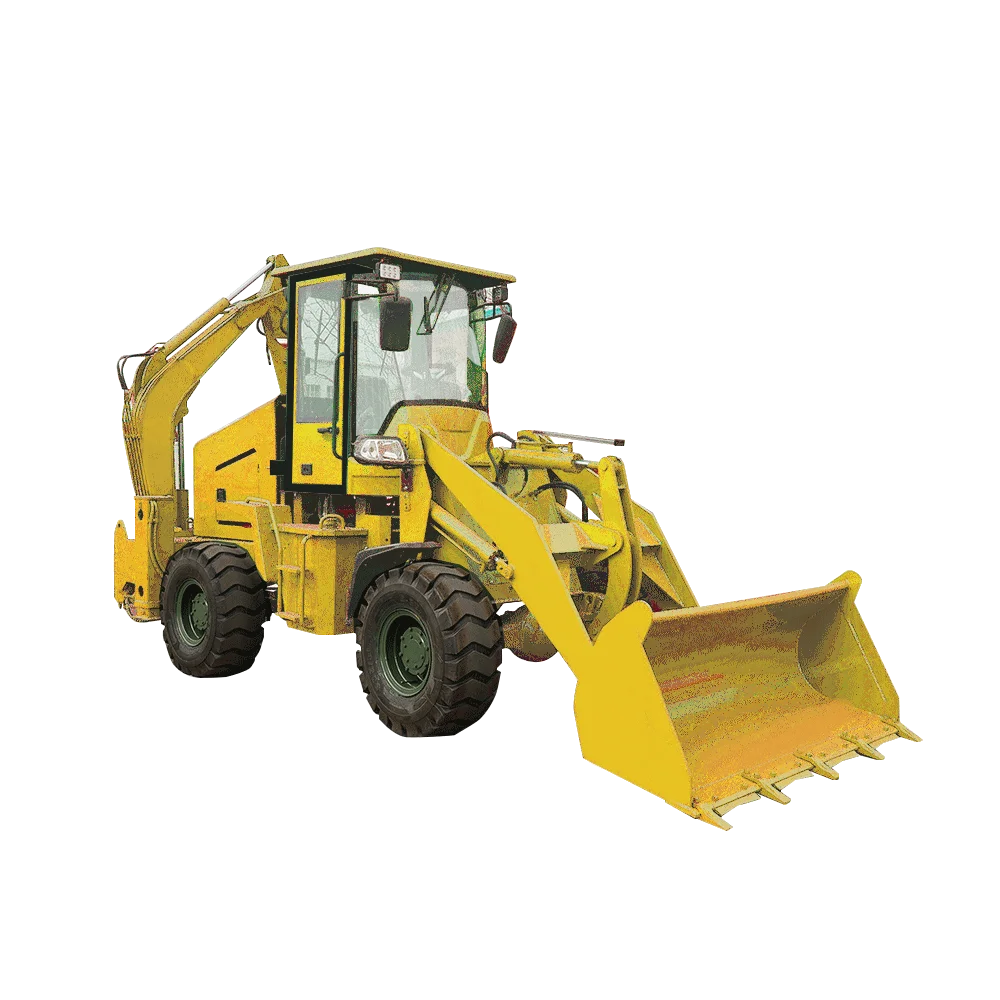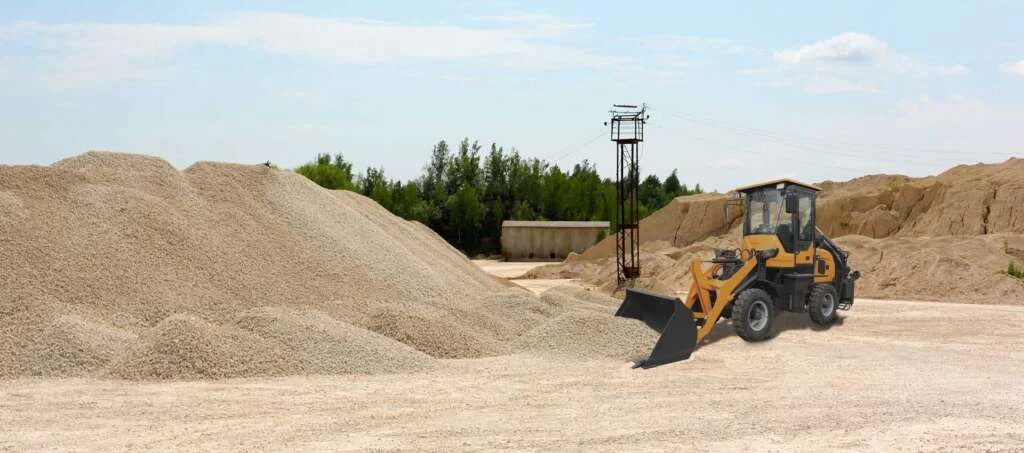Welcome to My Blog!
Before we dive into the content, I’d love for you to join me on my social media platforms where I share more insights, engage with the community, and post updates. Here’s how you can connect with me:
Facebook:https://www.facebook.com/profile.php?id=100087112105480
LinkedIn:https://www.linkedin.com/showcase/99327366/admin/dashboard/
Now, let’s get started on our journey together. I hope you find the content here insightful, engaging, and valuable.
Table of Contents
Introduction

A compact backhoe loader is a versatile and essential piece of equipment for construction, landscaping, and agricultural applications. Choosing the best compact backhoe loader requires a careful evaluation of various factors, including engine power, digging capabilities, lifting capacity, and attachment compatibility.
With many models available in the market, making an informed decision can be challenging. This guide explores the key factors to consider, the essential features of a high-quality compact backhoe loader, and how to select the best machine for your specific needs.
By the end of this article, you will have a complete understanding of what makes the best compact backhoe loader and how to choose one that fits your operational requirements.
Understanding Compact Backhoe Loaders
A compact backhoe loader is a smaller version of a standard backhoe loader, designed to perform digging, trenching, lifting, and material-handling tasks in tight spaces. These machines combine the capabilities of a loader and a backhoe, making them an excellent choice for small to mid-sized projects.
Key Components of a Compact Backhoe Loader
- Loader Bucket: Located at the front, used for lifting and transporting materials.
- Backhoe Arm: Positioned at the rear, designed for digging and trenching.
- Operator Cabin: Features controls for maneuvering both the loader and backhoe.
- Hydraulic System: Powers the loader and backhoe for efficient operation.
- Wheels or Tracks: Determines mobility and stability on different terrains.
Benefits of Using a Compact Backhoe Loader
- Versatility: Performs multiple tasks, including excavation, material handling, and grading.
- Maneuverability: Ideal for working in confined spaces such as urban construction sites.
- Fuel Efficiency: Consumes less fuel compared to larger machines.
- Cost-Effective: More affordable and easier to transport than full-sized backhoe loaders.
- Attachment Compatibility: Supports various tools to enhance its functionality.
Key Factors to Consider When Choosing the Best Compact Backhoe Loader


Choosing the best compact backhoe loader requires evaluating several critical aspects, including performance, efficiency, and durability. Below are the most important factors to consider:
Engine Power and Performance
The engine is the core component that determines the power and efficiency of the machine. Key engine specifications include:
- Horsepower (HP): Affects the machine’s strength and ability to handle demanding tasks.
- Torque: Ensures smooth operation, especially when working with heavy materials.
- Fuel Efficiency: Helps reduce operational costs over time.
- Emissions Compliance: Machines should meet environmental standards to reduce pollution.
Digging and Lifting Capabilities
The backhoe’s digging depth and loader’s lifting capacity are critical factors to assess:
- Digging Depth: Determines how deep the machine can excavate.
- Lifting Capacity: Affects the ability to transport and lift heavy materials.
- Bucket Size: Larger buckets can move more material, improving efficiency.
- Breakout Force: The power of the loader to break through hard surfaces.
Attachment Compatibility
The best compact backhoe loader should support a variety of attachments for enhanced functionality. Popular attachments include:
- Hydraulic Hammers: Used for breaking concrete and rocks.
- Augers: Ideal for drilling holes for fencing or foundation work.
- Grapples: Useful for forestry and debris removal tasks.
- Trenching Buckets: Designed for deep digging operations.
Maneuverability and Stability
Compact backhoe loaders must be easy to maneuver, especially in tight spaces. Factors affecting maneuverability include:
- Overall Size: A smaller footprint allows easier navigation in confined areas.
- Turning Radius: Affects the ease of operation in restricted workspaces.
- Weight Distribution: Ensures stability when operating on uneven terrain.
Operator Comfort and Control Features
A comfortable operating environment enhances productivity. Look for:
- Adjustable Seating: Reduces fatigue during long hours of operation.
- Ergonomic Controls: Simplifies machine operation for better efficiency.
- Visibility: A clear line of sight improves accuracy in digging and loading tasks.
Important Specifications to Look for in a Compact Backhoe Loader

The table below highlights key specifications that buyers should evaluate when selecting a compact backhoe loader:
| Specification | Description |
|---|---|
| Engine Power | Determines the overall strength and efficiency of the machine. |
| Maximum Digging Depth | Indicates how deep the backhoe can dig. |
| Loader Lift Capacity | Defines how much weight the loader can handle. |
| Bucket Width | Affects the volume of material that can be moved at once. |
| Hydraulic System | Powers the loader and backhoe for smooth operation. |
| Attachment Compatibility | Allows the machine to perform multiple tasks with different tools. |
| Overall Dimensions | Determines if the machine fits within the workspace. |
| Turning Radius | Affects maneuverability in confined areas. |
This table provides a general overview of key features to consider when choosing the best compact backhoe loader.
Conclusion
Selecting the best compact backhoe loader requires careful evaluation of various factors, including engine power, digging capabilities, lifting capacity, and maneuverability. A high-quality compact backhoe loader should be versatile, efficient, and compatible with multiple attachments to enhance its functionality.
By understanding these critical factors, buyers can make an informed decision that ensures long-term efficiency and productivity in their construction, landscaping, or agricultural operations. Investing in a reliable compact backhoe loader guarantees improved performance and cost savings over time.
FAQ
What is the best compact backhoe loader for small construction projects?
The best compact backhoe loader for small construction projects should have a balanced combination of power, digging depth, and lifting capacity. Machines with 50-60 HP engines and a 10-14 ft digging depth are ideal for such tasks.
How do I maintain a compact backhoe loader?
Regular maintenance includes checking hydraulic fluid levels, lubricating moving parts, inspecting tires, and cleaning air filters. Following the manufacturer’s maintenance schedule helps ensure the longevity of the machine.
Can a compact backhoe loader be used for landscaping?
Yes, compact backhoe loaders are widely used for landscaping tasks such as digging trenches, moving soil, grading land, and installing irrigation systems.
What attachments can be used with a compact backhoe loader?
Common attachments include hydraulic hammers, augers, grapples, and buckets. These attachments enhance the machine’s functionality and allow it to perform multiple tasks.
What factors should I consider when choosing a compact backhoe loader?
Key factors include engine power, digging depth, lifting capacity, attachment compatibility, and maneuverability. It is essential to match the machine’s specifications to the job requirements.
